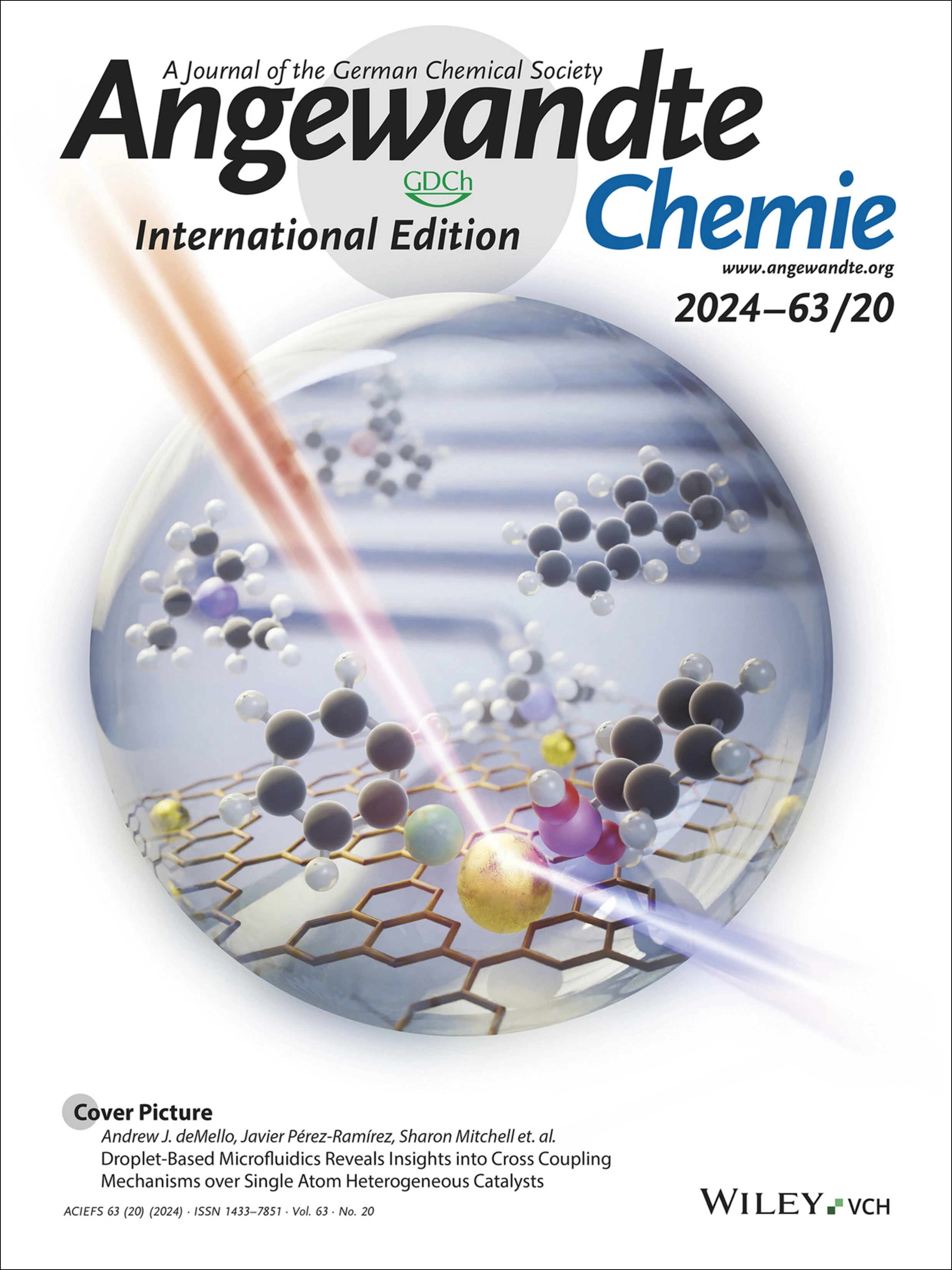Heterodyne-Detected Sum-Frequency Generation Vibrational Spectroscopy Reveals Aqueous Molecular Structure at the Suspended Graphene/Water Interface
Graphene, a transparent two-dimensional conductive material, has brought extensive new perspectives and prospects to various aqueous technological systems, such as desalination membranes, chemical sensors, energy storage, and energy conversion devices. Yet, the molecular-level details of graphene in contact with aqueous electrolytes, such as water orientation and hydrogen bond structure, remain elusive or controversial. Here, we employ surface-specific heterodyne-detected sum-frequency generation (HD-SFG) vibrational spectroscopy to re-examine the water molecular structure at a freely suspended graphene/water interface. We compare the response from the air/graphene/water system to that from the air/water interface. Our results indicate that the spectrum recorded from the air/graphene/water system arises from the topmost 1–2 water layers in contact with the graphene, with the graphene itself not generating a significant SFG response. Compared to the air/water interface response, the presence of monolayer graphene weakly affects the interfacial water. Graphene weakly affects the dangling O−H group, lowering its frequency through its interaction with the graphene sheet, and has a very small effect on the hydrogen-bonded O−H group. Molecular dynamics simulations confirm our experimental observation. Our work provides molecular insight into the interfacial structure at a suspended graphene/water interface, relevant to various technological applications of graphene.
